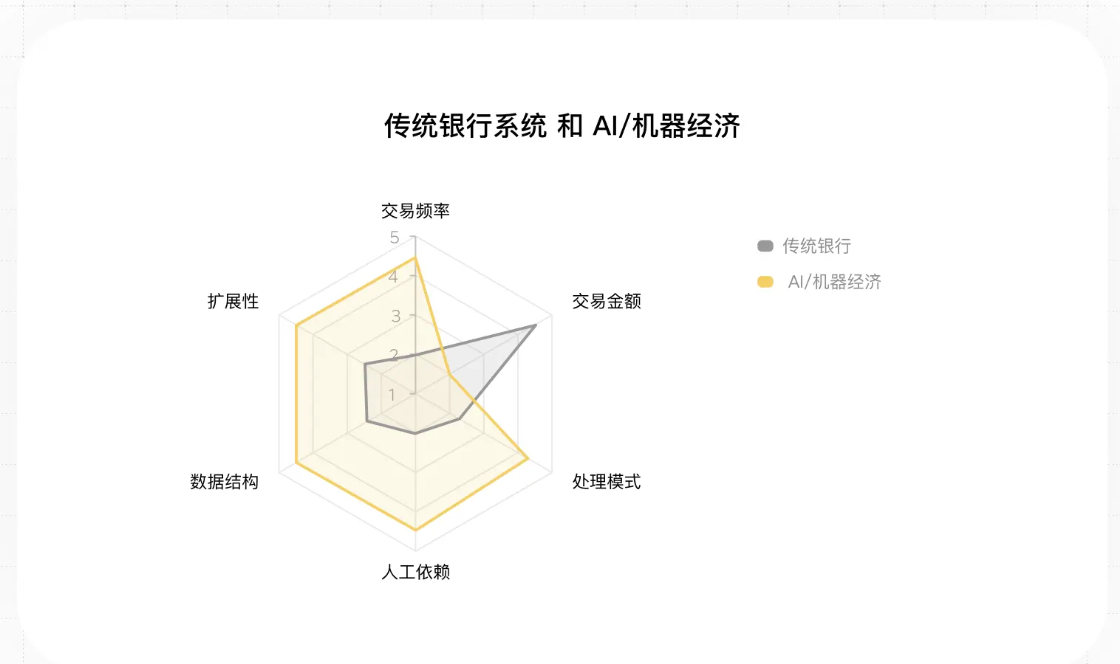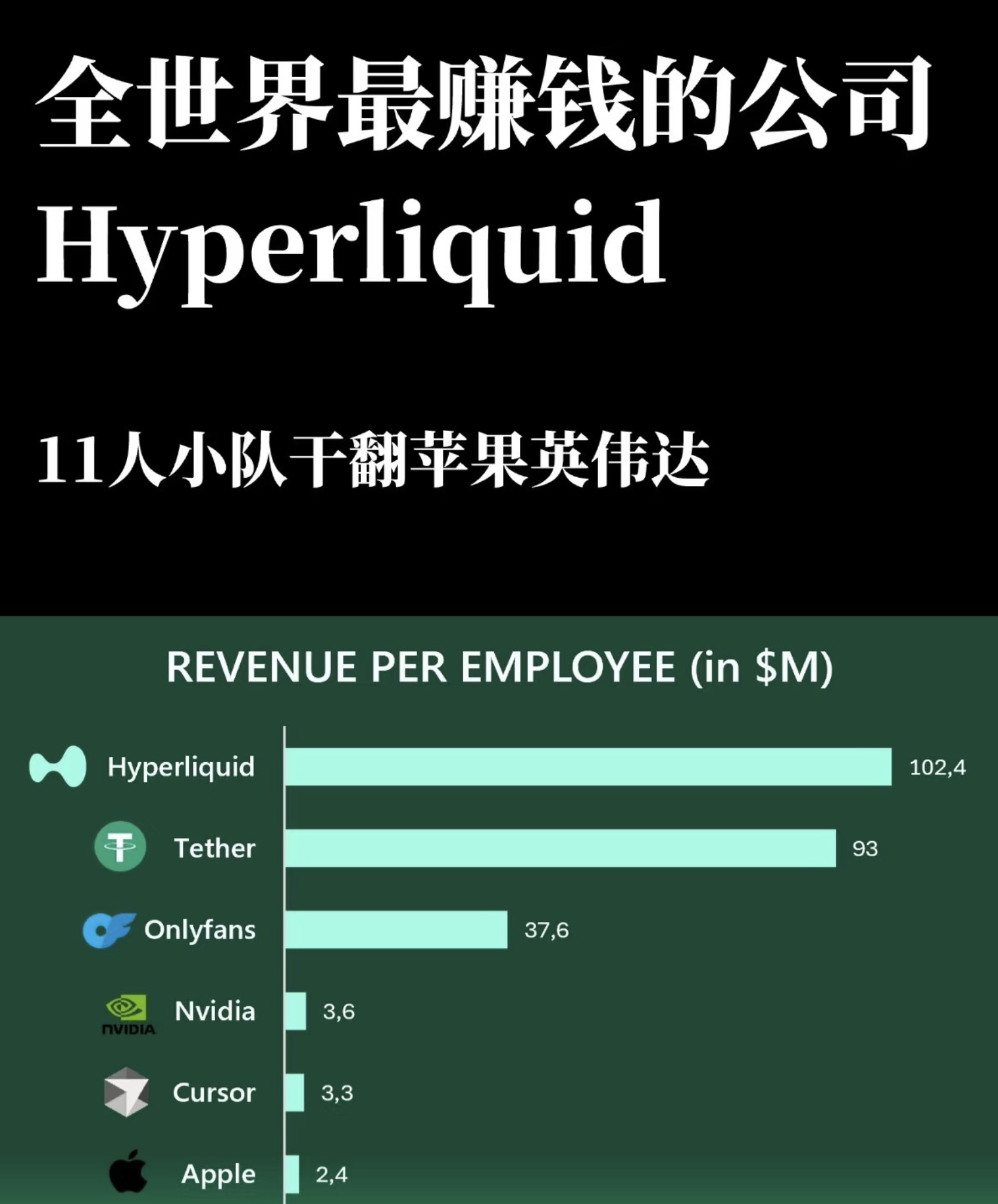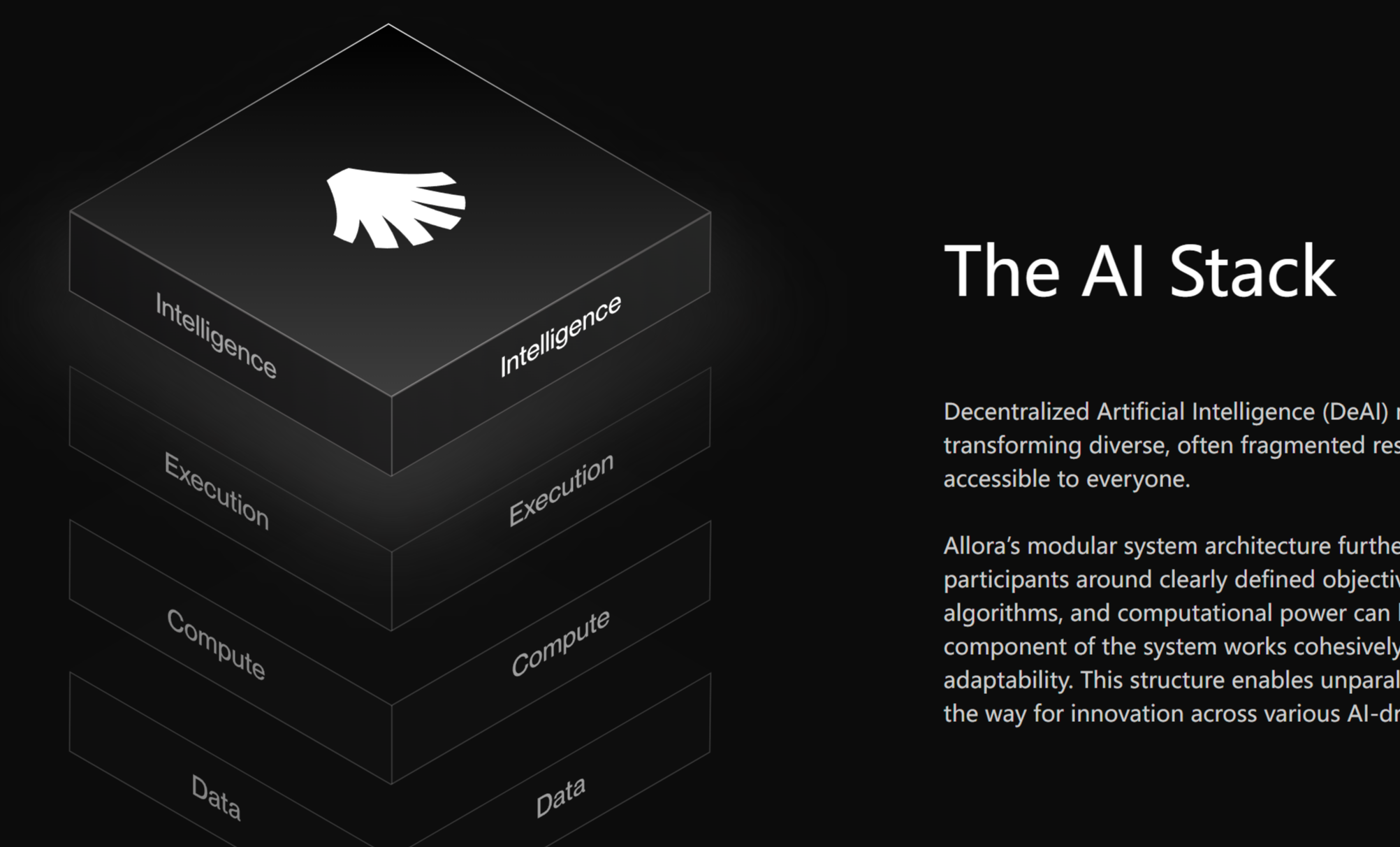The intersection of blockchain and AI has given the long-dormant HTTP status code 402 "Payment Required" an opportunity to be needed after 28 years.
Written by: Web3 Farmer Frank
Could a technology from many years ago, colliding with a new computing paradigm, evolve into a financial behemoth beyond anyone's expectations?
Don't get it twisted; I'm not talking about Bitcoin, but x402.
As an HTTP status code that was "prematurely designed" as early as 1997, 402 was born in an era when the internet was solely for humans. At that time, there was no high-frequency payment demand from machine accounts, nor was there a low-cost, trustworthy on-chain settlement mechanism, which is why it has never been truly utilized in the past 28 years.
Until this year, when Coinbase, in collaboration with giants like Cloudflare, Google, and Visa, began to try to establish it as a universal industry standard x402, this long-dormant protocol was finally awakened. In some ways, this is reminiscent of Bitcoin.
After all, BTC was not the starting point of a technological breakthrough, but rather a critical explosion of various mature technologies under the right historical conditions—including cryptographic signatures, peer-to-peer networks, timestamps and hash chains, as well as proof-of-work mechanisms (PoW), and so on. In other words, Bitcoin arrived at the right time and place, combining these technologies in an unprecedented way.
And x402 seems to be standing at a similar historical juncture: As AI begins to possess autonomous intent, and blockchain provides verifiable settlement and identity systems, the long-dormant "Payment Required" channel has finally been awakened, revealing the embryonic form of a new future on-chain banking system.
This interview also aims to understand, through the perspective of StakeStone founder Charles, why 2025 may be the intersection of "machine economy × blockchain × financial standardization," and how, in his view, the crypto-native digital bank hidden behind x402 could become a key piece of the next narrative.
1. The "Premature" 402 and the Timely "Future Bank"
In other words, in Charles's view, "there is only the era of x402, not an era without x402."
Frank: "There is only the era of x402, not an era without x402," this perspective is quite interesting. Let's start with the most basic question: why is HTTP 402 considered a "premature" technological concept?
Charles: Because it was born too early, so early that there was no soil for its existence at that time.
HTTP 402 (Payment Required) was written into the web standards in 1997 when the core demand of the internet was still "to allow humans to share information," rather than "to enable value transfer between machines."
So its logic was actually very advanced; it had already reserved a "payment" interface at the web protocol level, which can be seen as a future vision of "digital payments." But the problem was that there was no stable electronic currency, no on-chain ledger, and no economic activities involving machine entities at that time.
In simple terms, it was designed for a world that did not yet exist in 1997.
Frank: It sounds like HTTP 402 was born ahead of its time. This story of "waiting for the right moment" is quite similar to Bitcoin's early path, isn't it?
Charles: You could say that. Technology often does not truly disappear or suddenly explode; it simply waits for the "right moment."
This is indeed similar to Bitcoin, because BTC was not a new technology that appeared out of nowhere, but rather an integration of multiple already mature mechanisms, such as cryptographic signatures, peer-to-peer networks, timestamps, hash chains, proof of work (PoW)… Many of these technologies existed as early as the 1990s, but it wasn't until the 2008 financial crisis that people began to question the sustainability of centralized trust from a systemic perspective, and it was then that it was reassembled into a self-consistent operating system.
In other words, Bitcoin is not the starting point of a technological revolution, but a critical explosion of long-term technological accumulation under the right historical conditions.
Frank: So why has HTTP 402 suddenly become "needed" today? What has it been waiting for?
Charles: Because we are at a historical juncture similar to 2009 for Bitcoin.
Since the new wave of AI was ignited by ChatGPT at the end of 2022, AI has gradually begun to possess autonomous intent, IoT devices are becoming the main entities of economic activity, and the integration of AI and blockchain is visibly accelerating—the on-chain payment system has for the first time provided a foundational framework that allows machines to have accounts, settle, and establish identities. When machines begin to "pay for themselves," the long-dormant HTTP 402 channel has naturally been awakened.
So, this time HTTP 402 has actually arrived at its own era, and it is expected to become the "payment syntax" of the machine economy era.
More importantly, it has awakened our reimagining of the "future bank."
Frank: You mentioned that x402 is just the introduction, and the focus is actually on the "future bank." What does this "future bank" refer to? Can't an upgraded traditional banking system meet the needs of the AI era?
Charles: The "future bank" we refer to is not about improving existing forms of internet banking like "mobile banking" to make them more user-friendly. Instead, it is about rewriting the bank from an "institution" to a "protocol" at the foundational logic level, building a new type of financial infrastructure that is fully compatible with AI entities and machine payment needs.
From a perspective of starting over, consider the current AI upheaval and the wave of the machine economy: if the traditional banking system had never existed, what kind of payment, settlement, and financial system would we need?
Undoubtedly, it must possess the following four core characteristics:
Programmable accounts as the main entity: Accounts themselves have strategy and execution capabilities, rather than relying on a customer system with manual approval;
Default real-time settlement: Transactions are settled immediately, and settlement equates to rights confirmation, no longer relying on batch processing logic across institutions;
Code-based trust replacing human trust: Regulatory and permission execution is automated through smart contracts and zero-knowledge compliance;
Serving both human accounts and machine accounts: Adapting to the high-frequency, small-scale, automated trading scenarios of the AI era;
In short, what AI and the machine economy need is "high-frequency, small-scale, real-time, automated," it is "Bank as Protocol," not "a more user-friendly online bank."
Unfortunately, the design logic of traditional banks is "low-frequency, large-scale, human-led, batch processing," where the three major functions of custody, credit, and settlement rely on human intervention and multi-layer trust chains. The settlement system depends on interbank transfers and end-of-day batch processing, which is inherently designed for humans to "occasionally conduct business," not for a world operating in real-time with intelligent agents.
This is fundamentally misaligned with the immediate, automated, decentralized settlement required in the AI era, which also means that traditional banking systems are difficult to adapt to the AI and machine era. This is precisely why we focus on x402—we must build a "crypto-native" financial network for humans and machines to jointly enable value to flow automatically between intelligent agents.

Frank: If you had to summarize in one sentence, what do you think is the relationship between 402 and the "future bank"?
Charles: 402 is the "payment language" of AI and the machine economy, while the future bank is the underlying operational framework that carries this language. Only by overlapping the two can machines and humans collaborate within the same financial stack.
This is also the focus of our current efforts, which is how to engineer "bank as protocol" into a runnable system. Taking StakeStone as an example, we provide a runnable system design from four levels: "account and identity layer → yield layer (income certificates) → payment and settlement layer → compliance and regulatory layer," making "shared accounts for humans and machines, real-time settlement, and compliance as code" a reality.
2. What kind of "new banking system" do AI and the machine economy need?
Frank: Since we need to build a "bank as protocol" financial system for the AI era, could you break down how this architecture can transition from concept to runnable?
Charles: We believe that the future bank will no longer be a financial intermediary centered on human and centralized systems in the traditional sense, but rather a "crypto-native digital bank"—it is not an improvement of traditional banks, but a systematic architecture that rewrites the foundational logic of banking.
In simple terms, it will be a high-performance blockchain network as the settlement layer, through easy-to-use identity creation, a fully self-custodial on-chain account system, and using account abstraction to achieve on-chain intelligent interaction of accounts, application of AP2 (Agent Payments Protocol), and x402 and other machine payment protocols, creating a new type of financial infrastructure that fully adapts to AI entities and machine payment needs.
The entire system can be understood as a stack composed of four levels: account and identity layer → yield layer (income certificates) → payment and settlement layer → compliance and regulatory layer, which together form a financial network that allows "human accounts and machine accounts to coexist."
Frank: Why start with the "account layer"?
Charles: Because the account is the origin of the bank.
In the traditional system, an account is a static database entry—you can only log in, transfer, or check your balance; but in the AI and machine economy, accounts must have decision-making and execution capabilities to support autonomous trading and real-time settlement by machines.
StakeStone employs three core technology modules at the account layer to build a new account and identity system:
EIP-7702 (Account Abstraction): Allows user self-custodial accounts (EOA) to temporarily have the capabilities of smart contract accounts. Accounts are no longer just passive storage but can execute strategies, such as automatically executing limit rules, reconfiguring funds, or responding to payment intentions triggered by intelligent agents.
Social Login: Reduces the account creation and login experience to Web2 levels, allowing users to have on-chain identities (like Google or Apple ID login) without needing mnemonic phrases, combined with MPC or smart contract custody of private keys to achieve a truly integrated experience of "account as identity";
Gasless (Seamless Transactions): Through relay services or protocol-level payment, users do not need to hold native tokens to pay gas fees. From registration and login to payment, any user or intelligent agent can initiate interactions under zero friction conditions;
This means that in the StakeStone system, an "account" is no longer just a human wallet, but a programmable entity (Programmable Agent) that can be a personal account, an AI model, an IoT device, or an algorithmic program.
It can be understood that through this system, every AI entity or IoT device can have an "identity, programmable" on-chain account, laying the foundation for machines to participate in economic activities.
Frank: What is the concept of the "yield layer" in this new banking system? Traditional banks earn from credit and interest margins; how is "deposit yield" achieved in a crypto-native system?
Charles: What we aim to achieve is a further step towards "equal treatment" than traditional financial systems—through the on-chain yield layer, allowing anyone to participate in the global yield network with minimal barriers. Since the marginal cost of providing services through code approaches zero, the crypto-native digital bank makes inclusive finance possible on a global scale for the first time.
The core of this lies in redefining "deposits" as "the generation of on-chain yield certificates."
For example, in the StakeStone system, when users or machine accounts deposit assets, they will automatically select the corresponding yield path based on the asset attributes and generate the corresponding STONE series certificates:
STONEUSD/STONEBTC: For stablecoins / BTC and other assets without on-chain native yield, funds are allocated through smart contracts to strategies such as Ceffu custody and neutral arbitrage on exchanges. All yield distributions and net value changes (R value) will be periodically transparently settled and updated on the L1 chain;
STONE (StakeStone Ether): For ETH and other on-chain native yield assets, yields come entirely from on-chain staking and restaking through DeFi protocols. The underlying strategy is controlled by OPAP (On-chain Proposal Allocation Protocol), allowing STONE holders to vote on fund strategies, ensuring transparency and decentralization;
This allows users, regardless of their location or the amount of assets they hold, to participate equally in the same yield system.
Frank: How does the "payment and settlement layer" ensure that AI entities can achieve real-time, efficient, and low-cost payment settlements?
Charles: This is thanks to AP2, x402, and layered settlement, which support the construction of a closed loop for machine payments in this crypto-native digital banking system.
First, we integrate Google AP2 (Agents-to-Payments Protocol) to define payment intentions and authorization semantics, and integrate x402 to provide standardized verification and on-chain settlement, achieving a fully automated closed loop from intelligent agent decision-making to on-chain settlement.
Secondly, by applying Gasless and abstracted payments, intelligent agents can pay transaction fees using any stablecoin without holding native tokens of the public chain, achieving cross-chain neutrality and asset independence. Additionally, the layered settlement system allows for "transaction equals settlement, settlement equals rights confirmation"—large transactions are completed on L1, while small high-frequency (machine micropayments) occur on L2 Rollup or application chains to achieve real-time availability and low costs.
Through this structure, StakeStone's accounts can make autonomous decisions and settlements, allowing AI and human accounts to collaborate within the same financial stack: AI or IoT devices generate payment intentions through account abstraction; x402 facilitators verify and execute settlements; payment results and compliance statuses are synchronized to the chain and regulatory interfaces.
Frank: It sounds like a SWIFT tailored for machines?
Charles: You could understand it that way. But it is more foundational and real-time than SWIFT—it is not a messaging system, but the settlement protocol itself.
This means that machines can truly achieve near real-time settlements with each other, rather than cross-institution reconciliation.
Our core goal at this level is that transactions no longer require manual review, settlement, and compliance synchronization, and both human and machine accounts can seamlessly collaborate within the same settlement channel.
Frank: Even a future-oriented bank must be regulatory compliant; how do you balance "crypto-native" with "compliance and regulation"?
Charles: We believe that compliance and innovation should not be opposed.
StakeStone's compliance and security layer (Compliance & Security Layer) adopts a "regulation as code" approach, embedding regulatory logic directly into the system's foundation. This layer includes two key modules:
On-chain KYC/AML module: After users complete identity verification, they generate encrypted certificates through ZKP, allowing them to interact on-chain by only presenting compliance hashes without exposing plaintext identities. The compliance status is written into the account permission layer and can be dynamically adjusted (e.g., Compliant / Restricted / Pending), compatible with standards from multiple jurisdictions, and can be recognized across chains;
Programmable regulatory interface: Regulatory agencies or compliance nodes can directly define rules (transfer limits, blacklists, reporting frequency, etc.) through APIs, and the system automatically verifies compliance before transactions, with data reporting encrypted and synchronized to regulatory endpoints, achieving real-time visibility and immutability;
Frank: It sounds like you are also protocolizing "regulation"?
Charles: Our goal is to make regulation a native capability of the system, rather than an external pressure. It can also be understood as "regulation as protocol," with compliance being automatically executed.
Looking at the overall picture, we are building a financial operating system with four native attributes:
Account autonomy—each account is an intelligent agent; transparent yield—yield sources are verifiable; real-time settlement—transactions equal settlements; embedded compliance—regulation as code.
These four dimensions collectively define the form of the "future bank." When accounts become intelligent agents, when settlement becomes a protocol, and when regulation and yield are both written into code, the future banking system will no longer be a term for an institution, but a network. It will operate like the internet, be as transparent as blockchain, and run autonomously like AI.
3. From x402 to the Future: The Trend of Banking Protocolization
Frank: What do you think the reactivation of HTTP 402 this year signifies?
Charles: I believe this is not just a technical signal, but the beginning of a new trend. After all, HTTP 402 was designed as an entry point for "charging for web pages," but it was never used. Today, it is finally "needed," not because we want to price web pages, but because human society is entering an era where machines can act independently, pay independently, and settle independently.
After all, when AI models possess autonomous intent and IoT devices begin to participate in economic activities, we must redefine "payment." In simple terms, payment is no longer just a human action but becomes a network behavior.
This is the true significance of x402—it is actually very suitable as the payment language for the machine economy.
Frank: What is the fundamental difference between a crypto-native digital bank and Neo Banks or traditional DeFi?
Charles: The biggest difference lies in the structural direction. Traditional finance, including Neo Banks, still has institutions and centralized systems at its core, while the crypto-native digital bank we are building aims to make banks protocols rather than institutions.
Taking the StakeStone crypto-native digital bank architecture mentioned above as an example, it no longer relies on manual approval, centralized settlement, or multi-level reconciliation, but embeds all these functions within the code.
StakeStone focuses on this direction because it represents a structural shift, where banks are no longer "providers of trust," but "protocols for executing trust."
Frank: So, in your view, what will the future banking system look like?
Charles: The form of banks will undergo fundamental changes.
For the past two hundred years, we have been accustomed to viewing banks as a "center"—the center of funds, the center of trust, the center of settlement. In the context of blockchain, AI, and the machine economy, banks will become a more foundational financial operating system that runs in the background.
We can liken it to the TCP/IP protocol of the internet; ordinary people do not care about it, but all data flows are based on it. The future bank will be similar; it will be the foundational protocol for value flow, rather than a visible service institution.
This means that settlement will no longer depend on specific banks but will be completed at the network layer. Compliance will not be "reports," but real-time executing code, so that yield distribution, risk control, and settlement all become native capabilities of the system.
In other words, the "function" of banks will remain, but their "form" will completely disappear.
When human accounts and machine accounts collaborate within the same economic stack, banks will no longer be service providers but a public network for global value flow.
Frank: Since the vision for future banks is to become a public network for global value flow, how will STO tokens capture value within this public network?
Charles: Our goal is to give STO real intrinsic value support and a sustainable growth loop, rather than merely serving as governance tokens. This is mainly achieved through the veSTO governance mechanism and a unique Swap & Burn mechanism to create a value capture loop.
First, governance and rights. Users convert STO into veSTO (with a lock-up/return period, e.g., 30 days) to participate in governance and rights acquisition of the protocol, including deciding key parameters of the protocol, such as fee ratios and incentive distributions, controlling the direction of protocol development; obtaining "yield bonuses" to enhance their return rates in the yield layer; and enjoying refunds on platform fees for transfers and deposits based on their holding levels.
Secondly, the value capture and destruction mechanism (Swap & Burn). The StakeStone crypto-native digital bank will continuously accumulate a public treasury through diversified platform revenues, with treasury assets composed of mainstream blue-chip crypto assets, providing long-term value support for STO.
STO holders can use the Swap & Burn mechanism to exchange STO for proportional shares of diversified assets in the treasury. Upon completion of the exchange, the system will permanently destroy the corresponding number of STO tokens, achieving a value capture loop of "protocol growth → treasury accumulation → Swap & Burn repurchase and destruction → remaining token value enhancement."
Frank: Finally, how do you predict the next step on this path?
Charles: We may be at the starting point of "financial standardization for the machine economy." In the coming years, AI, IoT, and on-chain finance will gradually converge—machines will begin to pay for computing power, data, and bandwidth, while payment, settlement, and compliance will all be automated.
In Conclusion
On January 3, 2009, when the first Bitcoin was mined, Satoshi Nakamoto left a message in the first block:
"The Times 03/Jan/2009 Chancellor on brink of second bailout for banks."

This is the prologue of Bitcoin and the first awakening of decentralized trust.
Now, more than a decade later, when we look back at the history of HTTP 402, it is like watching the prequel to Bitcoin; neither was created out of thin air but is the result of a collective effort of an era.
If Bitcoin allowed "currency" to escape centralized trust for the first time, then x402 and the architecture of the crypto-native digital bank are also leading "banks" towards de-intermediation and protocolization.
History resonates at this moment.
免责声明:本文章仅代表作者个人观点,不代表本平台的立场和观点。本文章仅供信息分享,不构成对任何人的任何投资建议。用户与作者之间的任何争议,与本平台无关。如网页中刊载的文章或图片涉及侵权,请提供相关的权利证明和身份证明发送邮件到support@aicoin.com,本平台相关工作人员将会进行核查。



